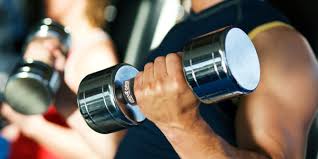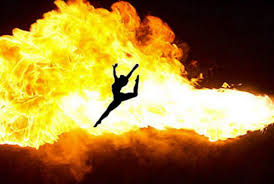Physiologic and Training considerations for seniors 65+
- Arteriosclerosis
- a general term that refers to the hardening (and loss of elasticity) of arteries, which in turn leads to greater resistance to blood flow thus high blood pressure(normal physiological process)
- Arthrosclerosis
- build up of fatty plaques in arteries that leads to narrowing and reduced blood flow, caused largely by poor lifestyle choices, smoking obesity sedentary lifestyle..etc
- Peripheral Vascular Disease (PVD)
- a group of disease in which blood vessels become restricted or blocked, typically as a result of arthrosclerosis
Normal physiological and functional changes associated with aging include reductions in:

- Maximal attainable heart rate
- Cardiac output
- Muscle mass
- Balance
- Coordination(neuromuscular efficiency)
- Connective tissue elasticity
- Bone mineral density
Training considerations for seniors
Initial exercise workloads should be low and progressed more gradual to 3–5 days per week, duration 20–45 mins., intensity 45–80% at peak due to measures of pulmonary function will decrease with increasing age.
Resistance exercise is recommended with lower initial weights and slower progression , 1–3 sets of 8–10 exercises, 8–20 reps, length of session 20–30 mins
Balance, gait, and neuromuscular coordination may be impaired.

- Exercise modalities should be chosen and progressed to safe guard against falls or foot problems.
- Cardio options: stationary or recumbent cycling, aquatic exercise, treadmill with handrail support.
- Resistance options:seated machines progressing to standing exercises.
- Knowledge of pulse assessment during exercise is critical.
- Higher rate of both diagnosed and undetected heart disease in elderly.
Basic Exercise Guidelines for seniors
| Frequency: | 3–5 days per week of moderate intensity or 3 days per week of vigorous intensity activities |
| Intensity: | 40–85% of VO2 peak |
| Duration: | 30–60 mins per day of 8–10 min bouts |
| Movement assessment: | Push, pull, OH squat or sitting and standing into a chair, single leg balance. |
| Flexibility: | self myofascial release and static stretching. |
| Resistance training: | 1–3 sets of 8–20 reps at 40–80% 3 days |
| Phase 1 should be mastered before moving on. | |
| Phases 2–5 based on dynamic postural control and Dr. recommendations. |
Special considerations
Progression should be slow based on postural control, exercises progressed toward free sitting(no support) or standing, breathing in a normal manner.
Back to Special Populations
